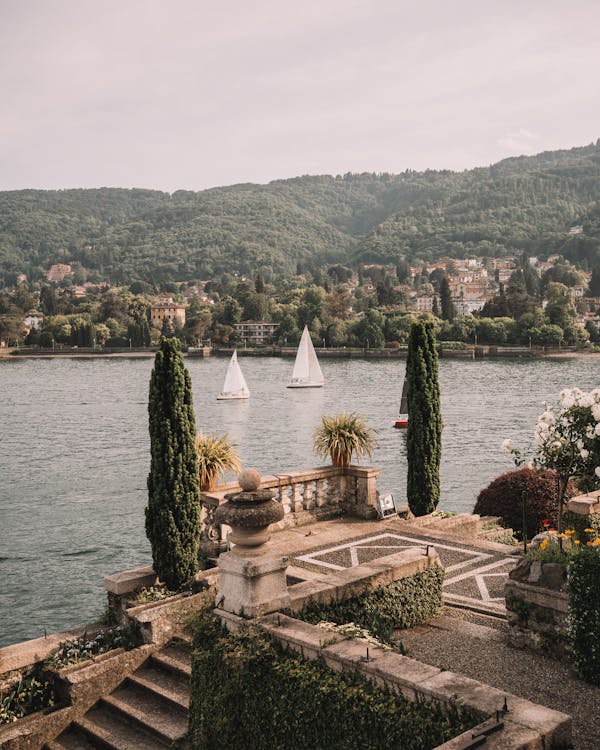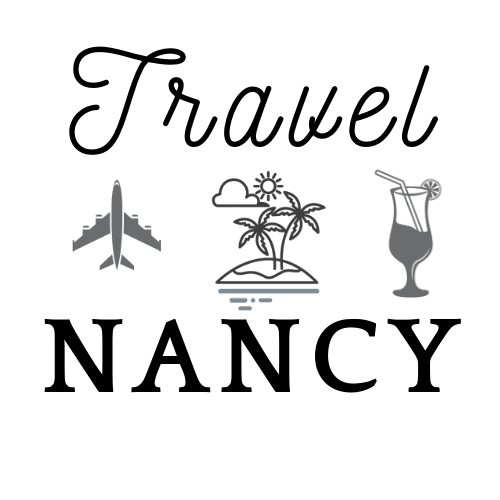European wine is much more than a drink; it’s a story of tradition, resilience, and celebration that spans millennia. From ancient civilizations to modern vineyards, European wine tourism allows travelers to step back in time and experience the historical roots of winemaking that have profoundly influenced art, religion, trade, and community life. This post digs into the unique history of European wine regions and how they have developed into the renowned wine destinations we enjoy today.
The Dawn of Winemaking: Southern Europe’s Ancient Roots
Europe’s wine journey began with the Phoenicians, Greeks, and Romans, whose agricultural advancements laid the groundwork for today’s winemaking techniques. As early as 2000 B.C., the Greeks were cultivating grapes on the island of Crete, making Greece one of Europe’s oldest wine producers. The practice spread to Italy and across the Mediterranean, where the mild climate was ideal for grape growing.
- Italy: Ancient Rome played a monumental role in the spread of viticulture. The Romans were the first to classify vineyards based on quality, a precursor to today’s appellation systems. They even worshipped Bacchus, the god of wine, symbolizing wine’s cultural importance. Traveling through regions like Lazio and Campania allows visitors to taste wines that echo these ancient methods, with many vineyards continuing techniques passed down through centuries.
The Middle Ages: Monastic Influence in France and Germany
With the fall of the Roman Empire, winemaking shifted into the hands of the Church. Monks, particularly in France and Germany, meticulously cultivated vineyards, experimenting with different terroirs to produce wines that symbolized purity and sanctity. Monasteries became centers of viticulture, preserving knowledge through detailed records that informed future generations.
- France: Burgundy and Champagne owe much of their heritage to monastic vineyards established by Cistercian and Benedictine monks. Burgundy’s famous Côte d’Or hills, for example, were sectioned off by monks to study which areas yielded the best grapes. A visit to Burgundy lets wine enthusiasts walk through these historic vineyards, some of which retain their original boundaries, providing a living history of Europe’s medieval viticulture.
- Germany: In the Rheingau and Mosel regions, monks cultivated Riesling in terraced vineyards. They discovered how different soil compositions impacted flavor, an understanding that elevated German wines to international fame. Tasting wine here offers a window into centuries of monastic precision, where wine wasn’t just a drink but a labor of devotion.
The Renaissance and Age of Exploration: Wine as a Status Symbol
The Renaissance brought a revival of art, culture, and luxury to Europe, and wine became a symbol of status and sophistication. Nobles established vineyards and cellars in regions like Bordeaux, Tuscany, and Rioja, each competing to produce wines that would signify their wealth and taste.

Bordeaux vineyard
- Bordeaux, France: Bordeaux was particularly instrumental in shaping the global wine trade. During this period, Bordeaux wines became highly sought after by English royalty and nobility, leading to extensive vineyards funded by wealthy landowners. Modern wine tours in Bordeaux take travelers through cellars that have aged wine for centuries, connecting them to a time when Bordeaux was the epicenter of European wine commerce.
- Spain’s La Rioja: Similarly, Spain’s La Rioja gained prominence during this era, with vineyards that produced bold reds fit for European nobility. Spanish wine production was deeply influenced by the trade routes established during the Age of Exploration, which brought new aging techniques. Visiting Rioja today includes tastings in bodegas that use both historic and modern techniques, showing the evolution of Spanish wine from Renaissance palaces to contemporary wineries.
The Industrial Revolution: Science and Expansion
The Industrial Revolution had a profound impact on winemaking in the 19th century, as advances in chemistry and technology allowed for greater precision and quality control. Winemakers began experimenting with fermentation techniques, blending, and even labeling practices to meet increasing global demand. European countries started forming their own appellation systems, defining the boundaries and standards for wine production that remain today.

- Champagne, France: One of the most iconic regions influenced by industrial advancements was Champagne. The introduction of bottling technology allowed for the perfecting of sparkling wines, which were widely celebrated in royal courts. A visit to the Champagne region reveals cellars that stretch for miles underground, with each bottle representing the marriage of tradition and scientific innovation.
- Piedmont, Italy: Meanwhile, Italian vintners in Piedmont began refining methods for Barolo, producing a wine known as the “King of Wines.” Modern visitors to Piedmont can witness how early industrial methods allowed Italy to begin exporting these wines, establishing Italy’s global reputation.
The Post-War Revival: European Wine Tourism’s Birth
After the devastation of World War II, European countries rebuilt their wine industries with a renewed emphasis on quality and heritage. Wine tourism as we know it began to take shape in the 1970s, as regions sought to promote their local cultures and products. Winemakers opened their doors to tourists, offering tastings, vineyard tours, and firsthand experiences of the winemaking process.
- Portugal’s Douro Valley: The Douro Valley’s terraced vineyards, known for producing Port, became a UNESCO World Heritage site, helping to preserve its unique winemaking heritage. Wine tourists here enjoy scenic boat rides along the Douro River, experiencing the timeless beauty of one of Europe’s oldest wine-producing regions.
- Santorini, Greece: With its volcanic soils and traditional basket-weaving vine training, Santorini became a hub for wine enthusiasts in search of something different. Tours here often include ancient cellar visits where traditional techniques have been passed down through families, offering a look at how old-world methods meet the demands of modern tourism.
The Modern Era: Sustainability and Innovation in European Wine
Today, European vineyards are leaders in sustainable viticulture, implementing organic practices, biodynamic farming, and eco-friendly tourism. This commitment reflects a desire not only to produce high-quality wine but to preserve the land for future generations.
- Austria and Germany: Austria and Germany have led the way in biodynamic practices, with many vineyards prioritizing soil health and ecological balance. Visits to Austrian wine regions like Wachau often include educational tours that highlight these practices, providing insight into the future of sustainable winemaking.
- Spain and Portugal: Spain’s Ribera del Duero and Portugal’s Alentejo are known for vineyards that integrate modern architecture with sustainable practices. Many of these wineries offer “green” tours that focus on eco-conscious production, showing how Europe’s wine regions are adapting to climate change while preserving their rich heritage.
A Glass of History and Heritage
Wine tourism in Europe is more than just a journey through vineyards; it’s a journey through time. Each glass of wine holds a story of resilience, artistry, and tradition that spans centuries. From the ancient Greeks to modern sustainability, Europe’s wine regions offer a rich experiences, inviting travelers to immerse themselves in history while enjoying the future of winemaking.
Ready to explore the historic vineyards of Europe? Follow us for more guides on the best wine experiences Europe has to offer, and start planning your journey today.

